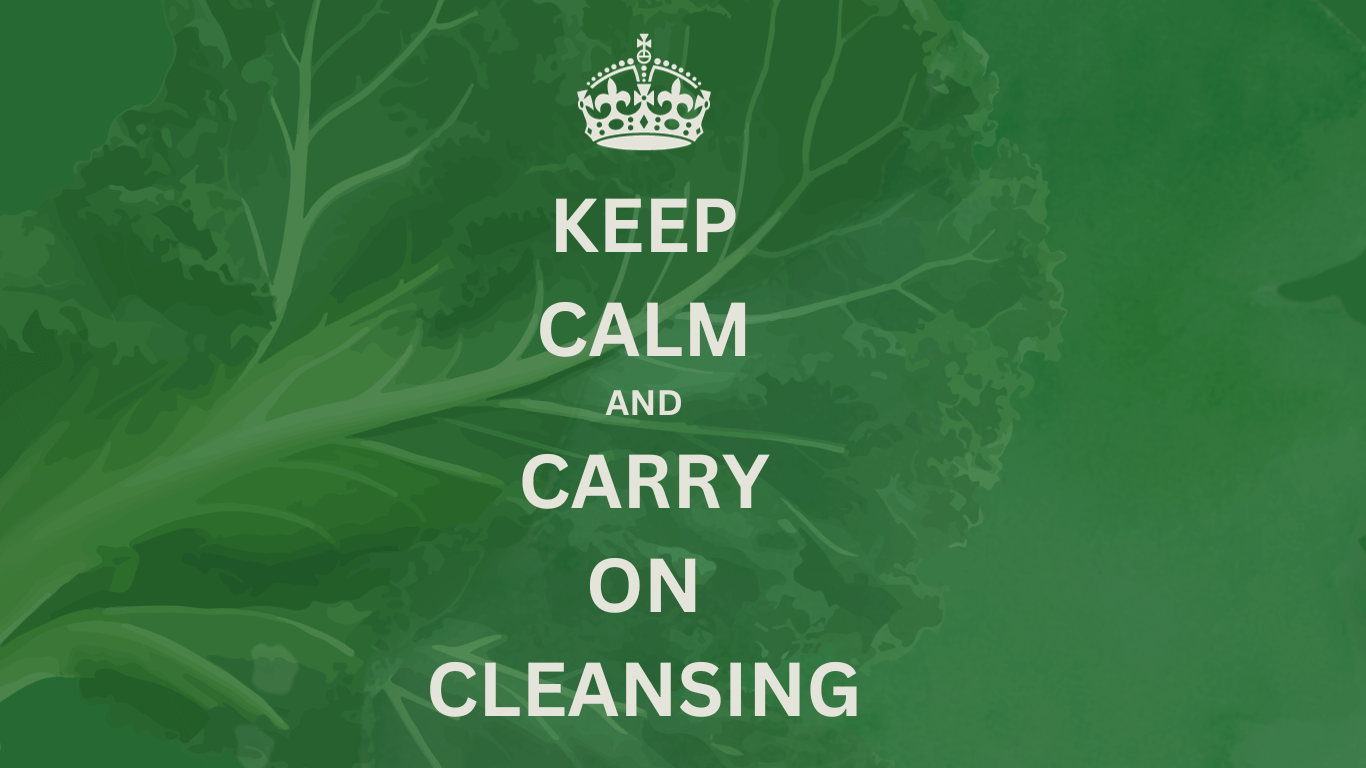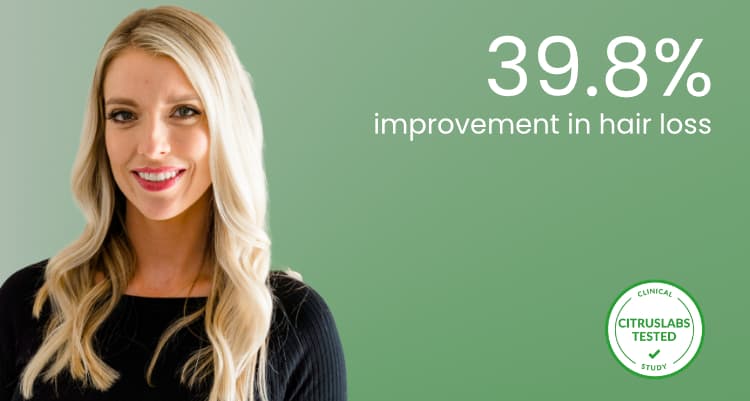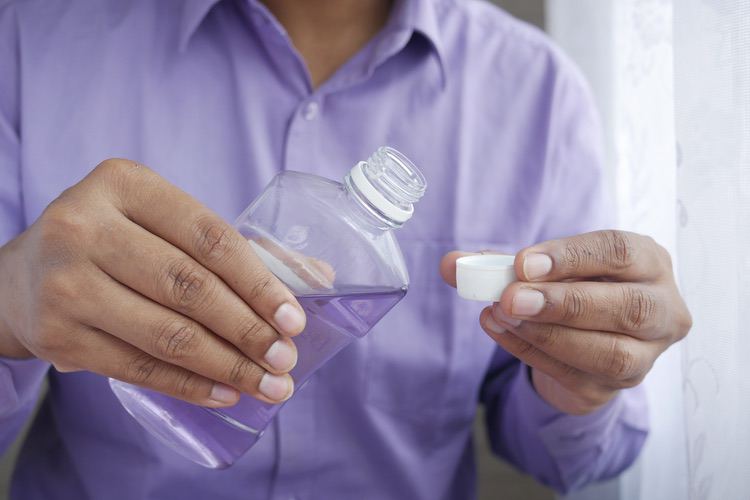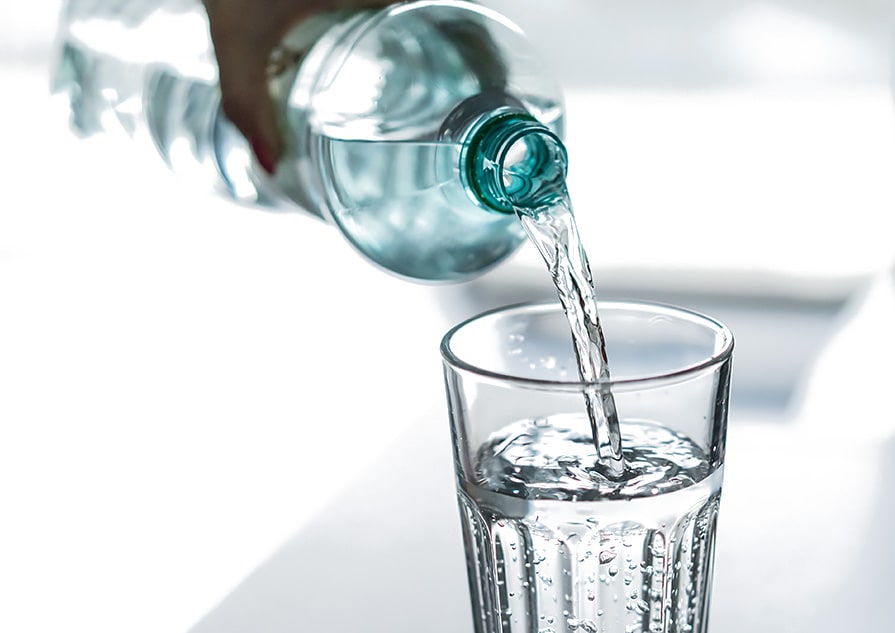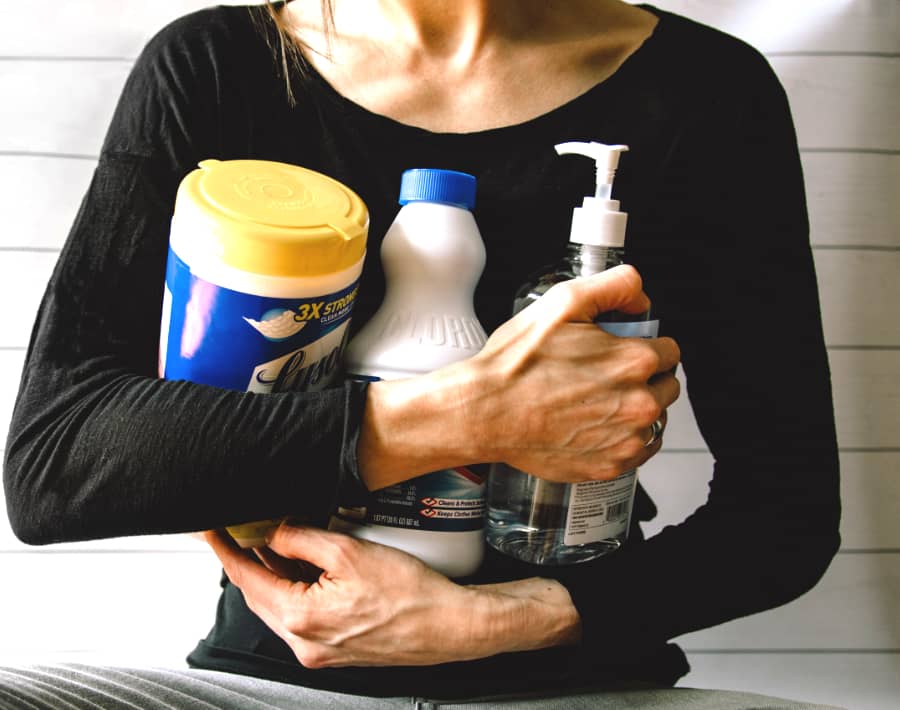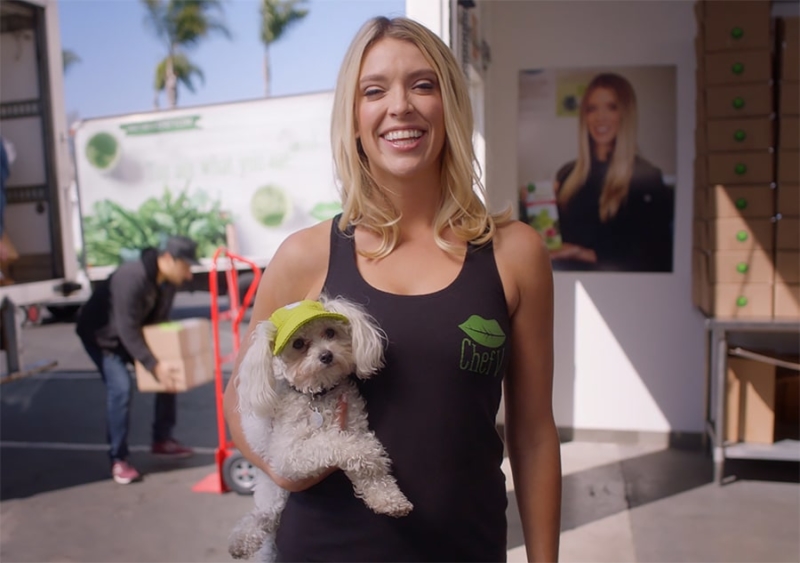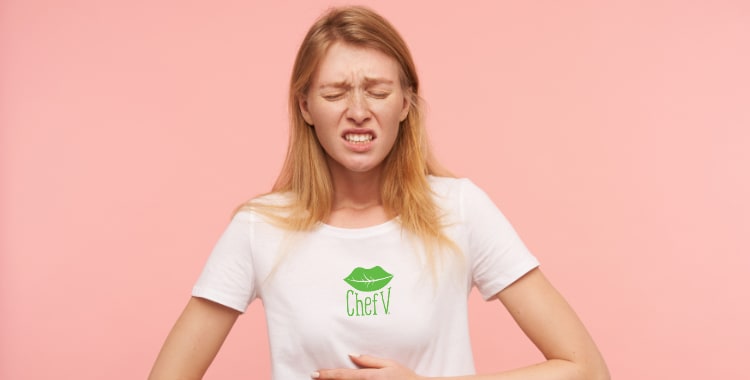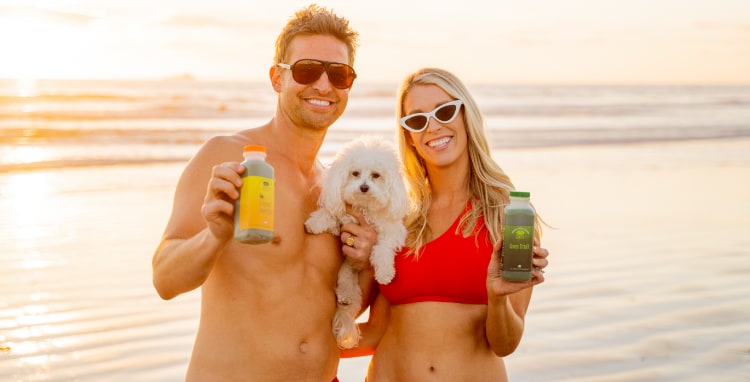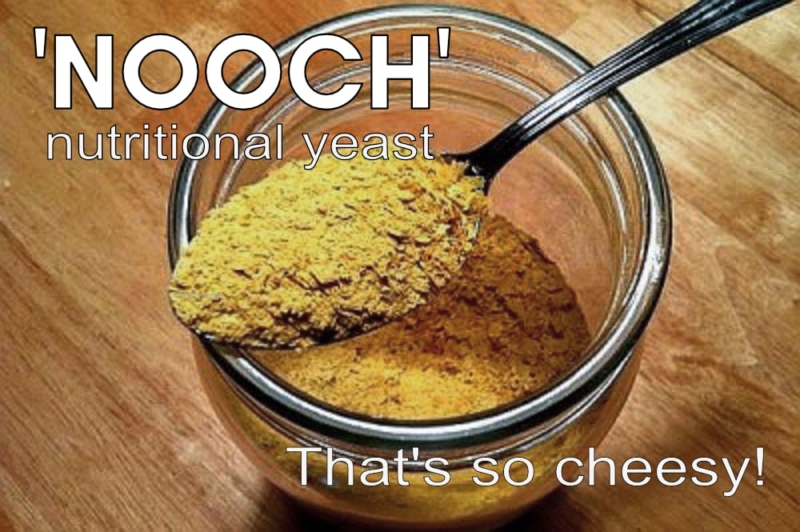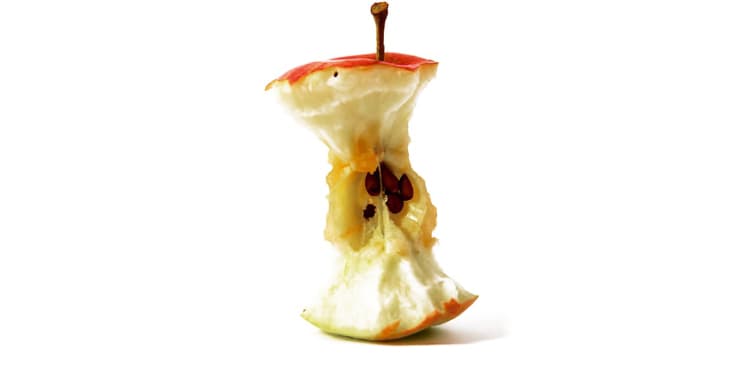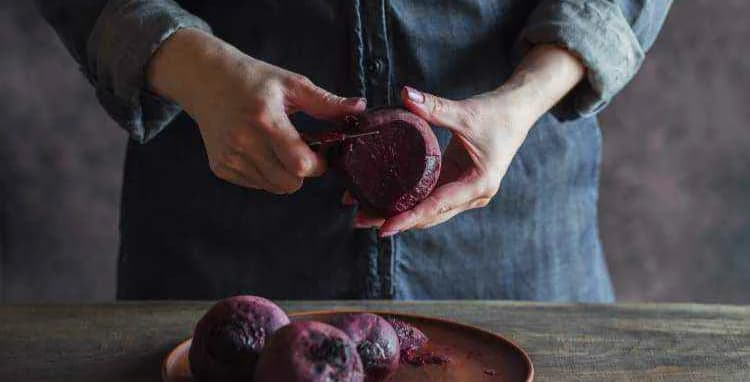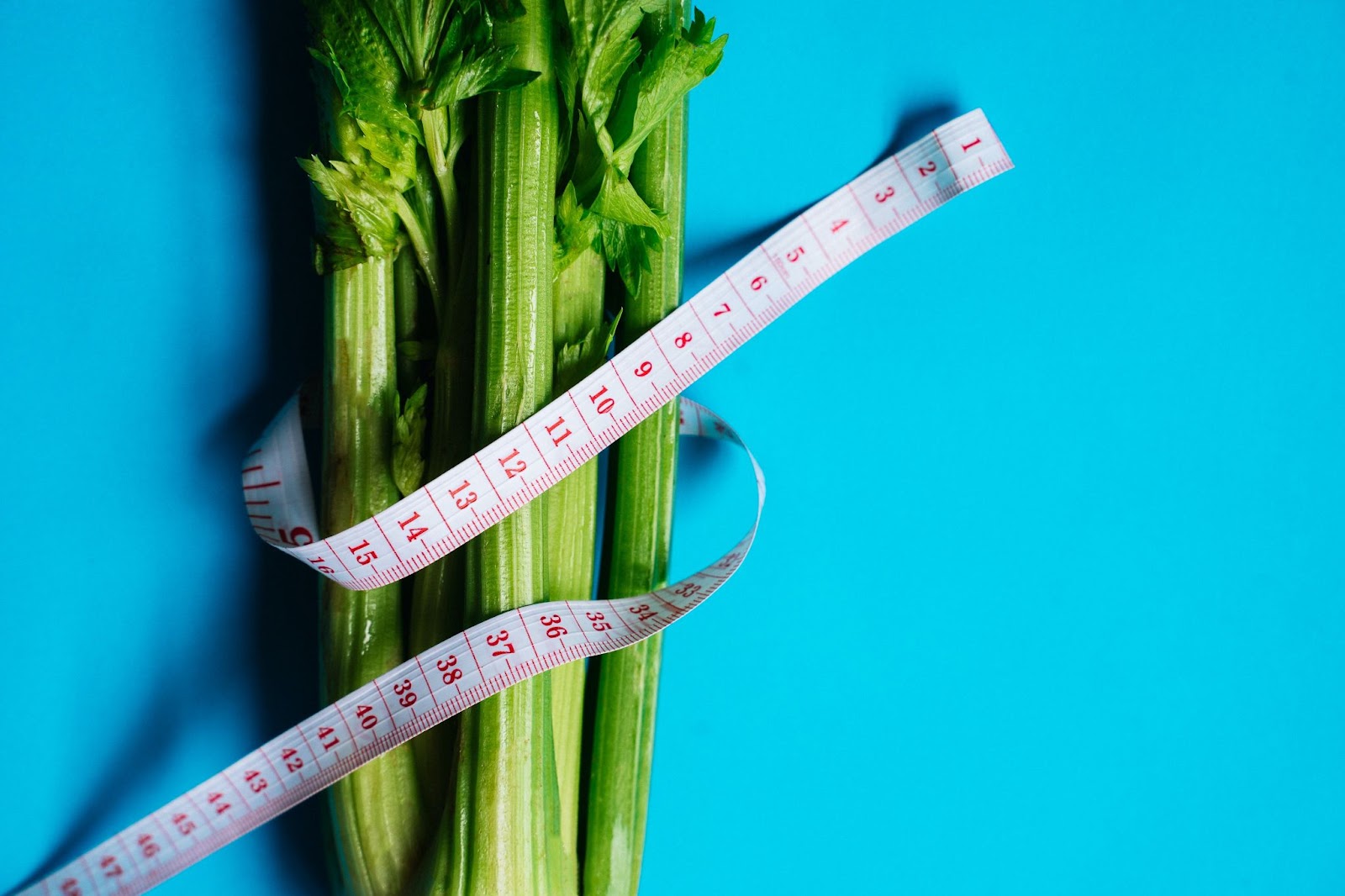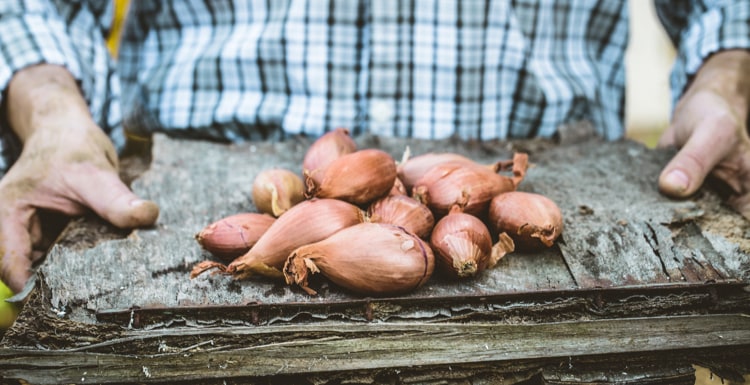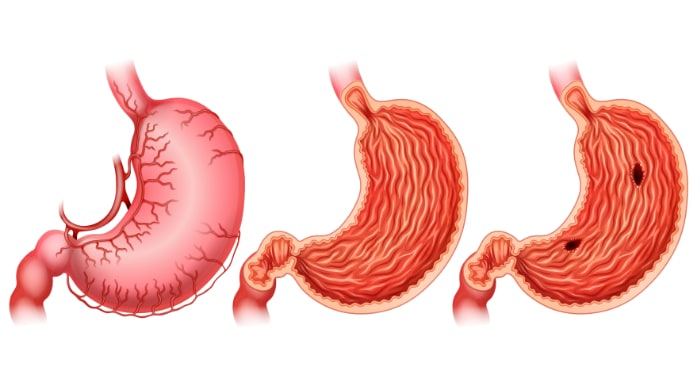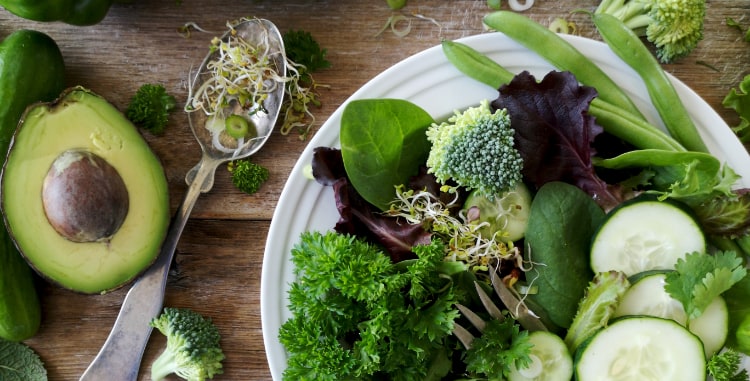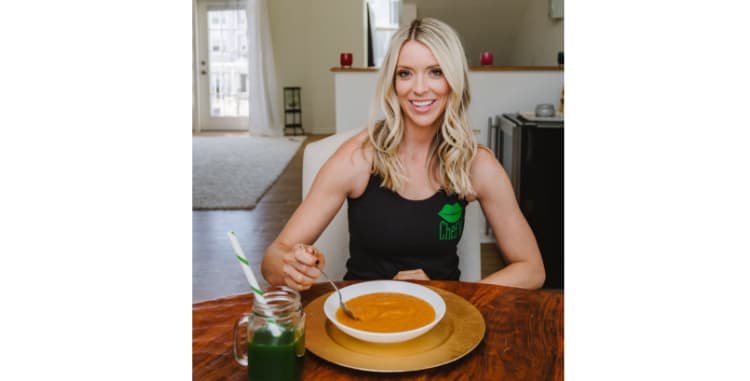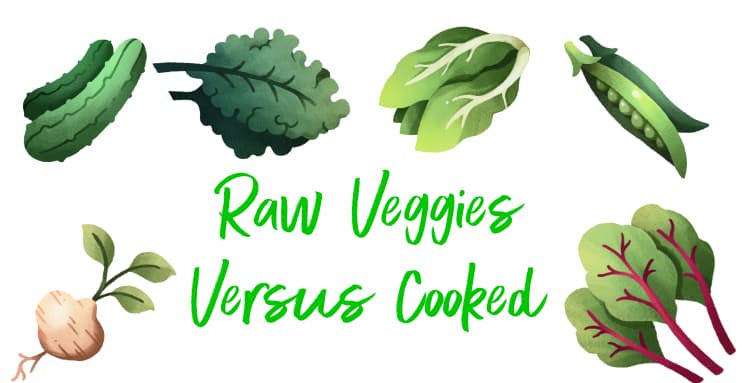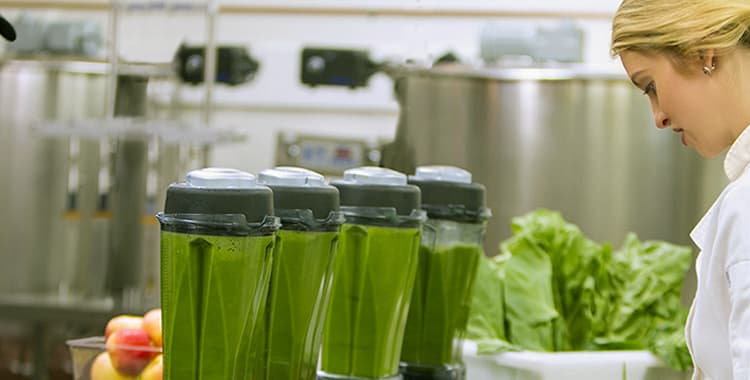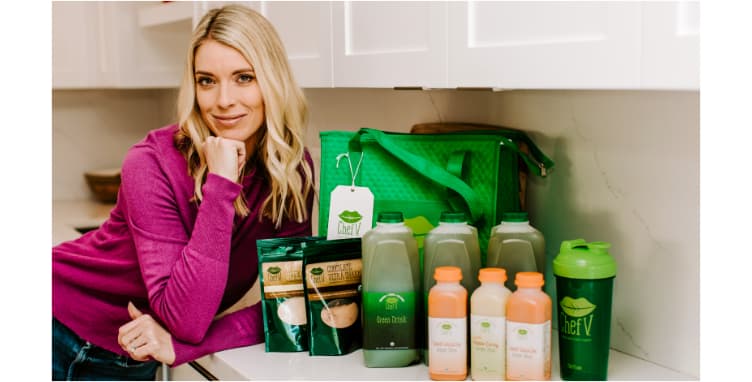
You’ve been eating like crap, drinking too much wine/champagne/Prosecco, not exercising enough and your pants are getting too tight. It’s time for an intervention. But if you’re considering doing a cleanse/detox, is the cure worse than the intervention? Before you splurge on a week’s worth of fancy juice or other detox product, take the time to learn about cleanse side effects.

If you’ve come to this article because you’re researching “cleanse side effects,” allow me to introduce myself and help you steer clear of negative symptoms many people experience while trying to reboot their metabolism and give their detoxification system some TLC.
My name is Veronica Wheat.
I’m a certified nutritional therapist and founder of ChefV.com. I grew up in Palm Desert, CA and started my nutrition career in the San Diego area as a private chef.
One thing I offered to my clients was a veggie juice with these 7 leafy green veggies: black kale, green kale, collard greens, green leaf lettuce, curly parsley, green chard, and dandelion, all sweetened with a tiny bit of organic green apple and apple juice. (You have to have a tiny bit of sweetness otherwise it tastes too much like grass clippings.)
Anyways, demand for this healthy juice steadily increased, not only with my clients but with their friends and their friends’ friends, and so on. Eventually (this was in 2012), there was enough demand for the juice that my husband, Brandon, convinced me to launch a business delivering this ORGANIC GREEN DRINK to people’s homes. Brandon quit his job to help me with my new business, ChefV.com.
Because of the soaring popularity of juice cleanses, I created my own cleanse and detox protocols. The reason I entered the highly competitive, overly-saturated juice cleanse market was because I saw a pressing need (pun definitely not intended, as my Green Drink is cold-blended not pressed to preserve the fiber). I realized that practically every fancy juice cleanse on the market was the same. The leading juice cleanses on the market all have the same flaws that cause side effects in many people.

Why Juice Cleanses Lead to Side Effects
The problem with most juice cleanse or detox products:
- Lacking in Protein
- Contain too much fructose
- Have no fiber
- Made mostly with high-sugar tropical fruits, with very little veggies
- High-heat pasteurized, which destroys the nutrients
Why are juice cleanses made this way? Because it’s cheaper to include sugary fruits than high-nutrient-dense green, leafy veggies. Also if someone isn’t trained in reading food labels and sees that the juice is green, they will automatically think it’s healthy. In other words, most juice companies place one green veggie in the bottle but the rest of the ingredients are tropical fruits. So the juice looks healthy but is actually loaded with blood-sugar-spiking fructose (fruit sugar).
Many juice cleanse companies load their products with 30-50 grams of sugar per bottle! (Organic Green Drink contains just 3 grams of sugar per 8 oz serving.) How can they get away with this? Well, if their customers think it’s healthy because it’s green and get hooked on the taste because they’re already addicted to sugar, then let the buyer beware.

The Most Common Juice Cleanse Side Effects
So what do most people feel when they do a commercial juice cleanse? Without a doubt, they can lose weight pretty quickly. And isn’t that the point of doing a cleanse? If you’re invited to a wedding in Cabo in a few short weeks and you have to lose weight fast to fit in that new dress, isn’t the devil in the details?
I’m here to tell you that there’s no point in losing weight quickly if it will make you feel miserable. There’s also no point in wasting your money if you’re quickly going to put the weight back on. The fact is that you can lose weight safely and steadily and keep it off without experiencing side effects. I’ll tell you how in just a moment. But first, here’s what consuming only (mostly) fruit juice for 3, 5, 7, 10 or more days will do to you:
- Constipation
- Blood sugar swings
- Irritability/moodiness
- Cravings
- Energy crashes
- Muscle wasting
- Brittle nails
- Thinning hair
- Brain fog
And that’s just by day 3 usually. The longer you do one of those crazy juice cleanse or detox diets, the more likely it is you’ll experience more severe juice cleanse side effects such as heart arrhythmia (a rapid heart beat from a lack of electrolytes and trace minerals from solid, whole-food).

How To Avoid Cleanse Side Effects
Whether doing a juice cleanse, a colon cleanse or taking detox supplements, here’s the best way to support your health and avoid side effects.
Pre-Cleanse
Before starting any cleanse/detox protocol, it’s critical that you do a pre-cleanse. That means no immediate transition from eating mostly fast food and processed food to doing the cleanse. It also means no subsisting on caffeine and energy drinks and then quitting cold turkey. You need to gradually change your habits for a minimum of 3 days. Ideally, 7 days would be great but I realize many people want immediate results. However, I refuse to compromise about doing a minimum of a 3-day pre-cleanse to avoid any detoxification side effects.
Now the question becomes what’s a pre-cleanse and how do you go about it? The answer is so simple yet I’ve never seen any other juice cleanse business educate customers about the pre-cleanse. That’s why I designed the ChefV.com 1-DAY, 3-DAY and 5-DAY cleanse with pre-cleanse (and post-cleanse) instructions. Basically, ChefV.com provides you with several practical resources such as an EAT THIS/NOT THAT guide, a HEALTHY PORTIONS guide and an e-cookbook I wrote with dozens of recipes, including healthy mocktails and smoothies.

Avoid Juice Cleanse Side Effects By Having More than Juice
Most juice cleanses are just that, a menu that consists only of juice (to reiterate: mostly fruit juice with a tiny bit of green veg to trick ya into thinking it’s healthy). But to avoid the side effects I listed above, you have to consume more than just juice. Now I know what you may be thinking. How can I detox my liver and digestive system if I’m eating?
Who said anything about eating? With the ChefV.com CLEANSE, I provide you with not only 4 Green Drinks per day but also 2 vegan Protein Shakes and 1 DETOX SOUP.
The protein shakes provide ultra-absorbable pea protein to maintain your lean muscle mass and prevent brittle nails and hair.
The Detox Soup accelerates the purging of toxins from the body and contains a tiny bit of healthy dietary fat to prevent cravings.
Now ask yourself this: Have you ever seen a cleanse that offers protein shakes and detox soup? If you have, there’s a good chance they’re copying us, but hey, as they say, imitation is the best form of flattery.
Another thing to look for in a cleanse is to learn what to do immediately after the cleanse is over. That’s why I provide all my cleanse customers with instructions on how to keep the results going.

Other Ways To Avoid Cleanse Side Effects
In addition to doing a ChefV.com cleanse, here are other things I recommend:
- Stay super hydrated! – Yes, you’ll be peeing a lot. But drink lots of pure/RO water, herbal teas and other non-sugary drinks.
- Eliminate toxins from your home – Stop using plug-in air fresheners, cosmetics with synthetic fragrances and soaps and hair-care products with petroleum-based products. Spend the extra money on organic household cleaners and personal care products. Your health is worth the extra money!
- Get More Sleep – Obvious but worth mentioning. When your body releases trapped toxins, you’ll need the extra repair and restoration that comes with deep sleep.
- Take prebiotics – You’ve heard of probiotics, but prebiotics? Prebiotics are like fertilizer for probiotics. The fiber you get from veggies, including the 7 leafy greens in Organic Green Drink contain indigestible plant fibers that your beneficial bacteria gobble up. And when the good bacteria eat this fiber in your gut, they release a healthy compound called short-chain fatty acids. Your body will be better able to detox as a result.

Experience The Chef V Cleanse Difference
Thousands of satisfied ChefV.com customers can’t be wrong. If I staked my reputation entirely just on the number of pounds my customers lost, well, I’d be like McDonald’s (over 1 billion served). It’s not about the number on the scale. It’s about how the Chef V community feels. Awesome, rock-steady energy, no caffeine needed, healthy-looking skin, stable mood, high vibrations and yes, looser-fitting jeans.
Got any questions about my cleanse and 21 Day Detox program? Feel free to email me at chefv@chefv.com.
To your health and happiness,
Veronica “V” Wheat
ChefV.com founder




